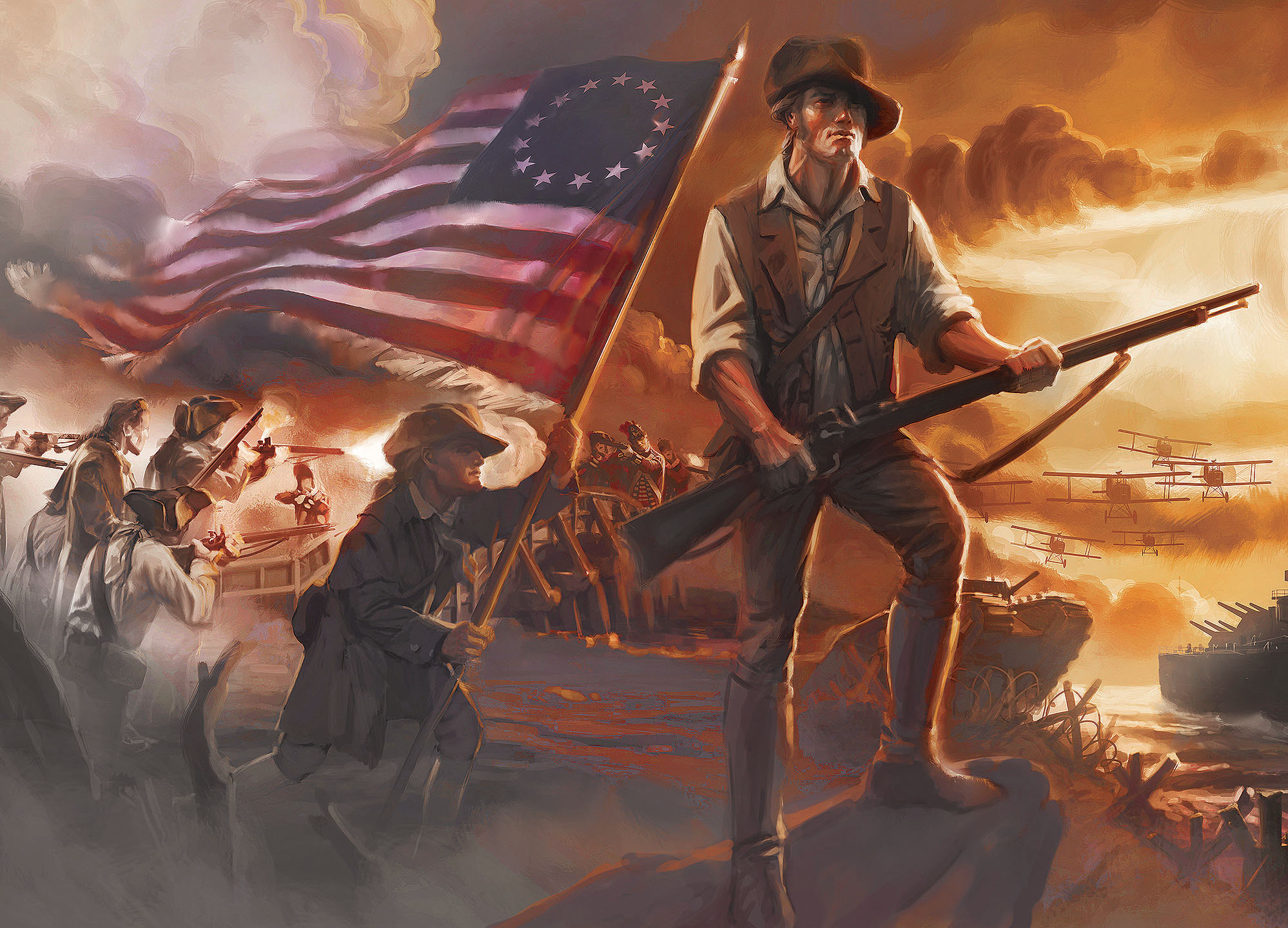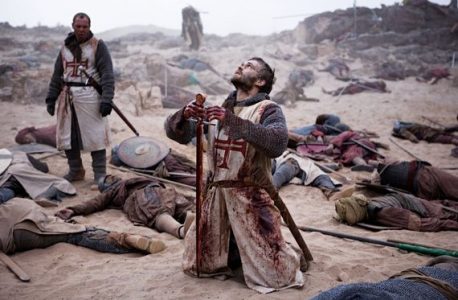By Fenek Solere for Patriotic Alternative
When the Saracen leader Nur-ed-Din captured the Christian citadel of Edessa in 1184 it was Saint Bernard of Clairvaux’s preaching to the peasantry and his cajoling of kings and princes throughout the next two years in places like Vezelay, Burgundy, Flanders, Alsace, Frankfurt, Freiburg and the Rhineland that led to the raising of a European army under the command of Louis VII of France and Conrad III of Germany to counter the Seljuk Turks’ Islamist threat to Christendom.
Circumstances that may surprise many Woke Christians today given St Bernard’s reputation as the inspiration behind the rapidly expanding Cistercian monastic order’s construction of literally hundreds of cloistered abbeys as far and wide as Fountains Abbey in Yorkshire to Follina in Italy. A network that Emilia Jamroziak, a lecturer at Leeds University, in her book The Cistercian Order in Medieval Europe 1090-1500 (2013), describes as the ‘first multinational organization’.
And yet to those who have a reasonable working knowledge of church history and an eye for the realities underpinning the differentiation of various faith groups and the ethnic composition of their past, present and anticipated future adherents, Bernard’s actions come as no surprise at all.
For Bernard, the son of a French knight and known as the ‘last of the fathers’, had long used military metaphors when describing the role of the monks working away in their various reflective holy places, and had, following the Council of Troyes in 1128, drawn up the rules pertaining to the enigmatic Knights Templar militia, who were sworn to never retreat or surrender, even if the odds were 3:1 against them in battle and were each and every one committed, by oath to the Grand Master of their order, to bring succour and support to those engaged in struggles with the infidels.
Indeed, Bernard considered the Templars as the fighting arm of the Cistercian order and wrote his pamphlet De Laude Novae Militae (On the Praise of the New Knighthood) to affirm their creed:
“Knights of God, with their discipline and unqualified obedience. Each one wears the dress given to him, none goes in search of fine food or garments according to his whim. The Templar is content with what is most necessary, shunning anything superfluous. Impudent words, senseless occupations and immoderate laughter are unknown to him. He despises mimes and jugglers, dirty songs and the performance of buffoons. All these are vanity and inane folly. He cuts his hair short, bathes rarely and is dirty and hirsute, tanned by his hauberk and by the sun.”
Bernard hoped this new form of monastic knighthood was a solution to the inherent sins of pride and vanity that he believed were widespread amongst the European knighthood of his day. By dedicating themselves to the defence of pilgrims to the Holy Land, Bernard saw the Templars has fighting for the Kingdom of God. A vision that later set the groundwork for the development of other military orders like the Hospitalers and the German Teutonic Knights.
The historiography of the Knights Templar movement has subsequently and very unfortunately been mired in conspiratorial myths, the quasi-fiction of the Dan Brown Da Vinci Code typology and poor scholarship, which often overlooks the fervent ecclesiastical support it received from the religious leaders like Pope Alexander II, Pope Gregory VII and Urban II. Viewpoints that started to be noted by historians much later and is now recognized as a sequential response to the Muslim invasion of Spain, the fall of Granada in 1492 and the subsequent Reconquista.
All of which tends to overshadow the role of Bernard and his view that these Templars should be ‘warriors bent to God’s will’. Bernard could never have envisaged the wealth, power and prestige the Templars were later to accrue and that, just like its original founders, Hugh de Payens and Godfrey of Saint Omer, could not have foreseen how the order would develop into a vast commercial enterprise.
Pope Urban saying to the other so-called knights of the period at the Council of Clermont in March 1095:
“Listen and Learn! You girt yourselves about with the badge of knighthood, are arrogant with pride. You rage against your brothers and cut each other to pieces…You, the oppressors of children, plunderers of widows, you are guilty of homicide, of sacrilege, robbers of another’s rights, you who await the pay of thieves for the shedding of Christian blood, as vultures smell fetid corpses, so you do sense battles from afar and rush to them eagerly.”
The Pope explaining, even as he ends his condemnatory diatribe, that war against the Saracens “is the only warfare that is righteous, for it is charity to give your life for your brothers.”
Precedents which had to some extent already been set by the invasion of the Iberian peninsula by the Almoravid faction of Muslim culture in 718 AD and the setting up of Islamic Taifa states. A terrible situation that was only just starting to be turned around when the Christians recaptured Toledo in 1086. The Papal authorities describing the military endeavour as an act of reclamationem (reclamation) of the former Christian lands from the infidel.
Sentiments that we refer to today as the ‘Clash of Civilizations’ and Bernard openly embraced and cultivated a millennia ago with his support for the failed Second Crusade and his vital contribution to the gestation of the Knights Templar, who by 1119 AD had established themselves at the citadel next to the Dome of the Rock in Jerusalem and had taken sacred vows to fight the enemies of Christ.
Bernard’s activities in relation to the Templars being focused on keeping them as a militarily capable religious order and stating that they must “wage a twofold war both against flesh and blood and against a spiritual army of evil in the heavens.” Then adding:
“He is a truly fearless knight and secure on every side, for his soul is protected by the armour of faith, just as his body is protected by steel.”
The ‘Last of the Fathers’ attempting to galvanize men who had adopted violent lifestyles to seek atonement for their past crimes by reconciling themselves to God through the act of becoming a Holy Knight of the Faith. Bernard emphasizing in his strict rules for the white robed Templars that “discipline is in no way lacking and obedience is never despised”. Insisting that they require meat to give them strength and setting times, just as in the monastic realm’s diktats for prayer, for military training to maintain the highest levels of armed capability and skill, so that they would become one of the most feared fighting forces of their era. Bernard’s fellow abbot at the rival religious order at Cluny, Peter the Venerable, writing:
“You are monks by your virtues, knights by your deeds, fulfilling one function spiritually and exercising the other physically. For your brothers you have exposed your souls to life, your bodies to death, which in battle you dutifully offer to God to be shed if necessary.”
Further Reading
The History of the Crusades Volume 1, Steven Runciman (1951);
God’s War: A New History of the Crusades (2016);
Armies of the Crusades, Terence Wise (1978);
The First Crusade: A New History, Thomas Ashridge (2004);
Chivalry and Violence in Medieval Europe, Richard Kneupper (1999);
The Rule of the Knights Templar, translated by J.M. Upton-Ward (1992);
The Templars, M. Barber & K. Bate (2002);
The Cistercians, Stephen Tobin (1995);
The Cistercians in the Middle Ages, Janet Burton & Julie Kerr (2011);
Christendom and Christianity in the Middle Ages, Adriaan H. Bredero (1986);
Western Society and the Church in the Middle Ages, R.W. Southern (1970);
A History of Christianity, Diarmaid MacCulloch (2009)

